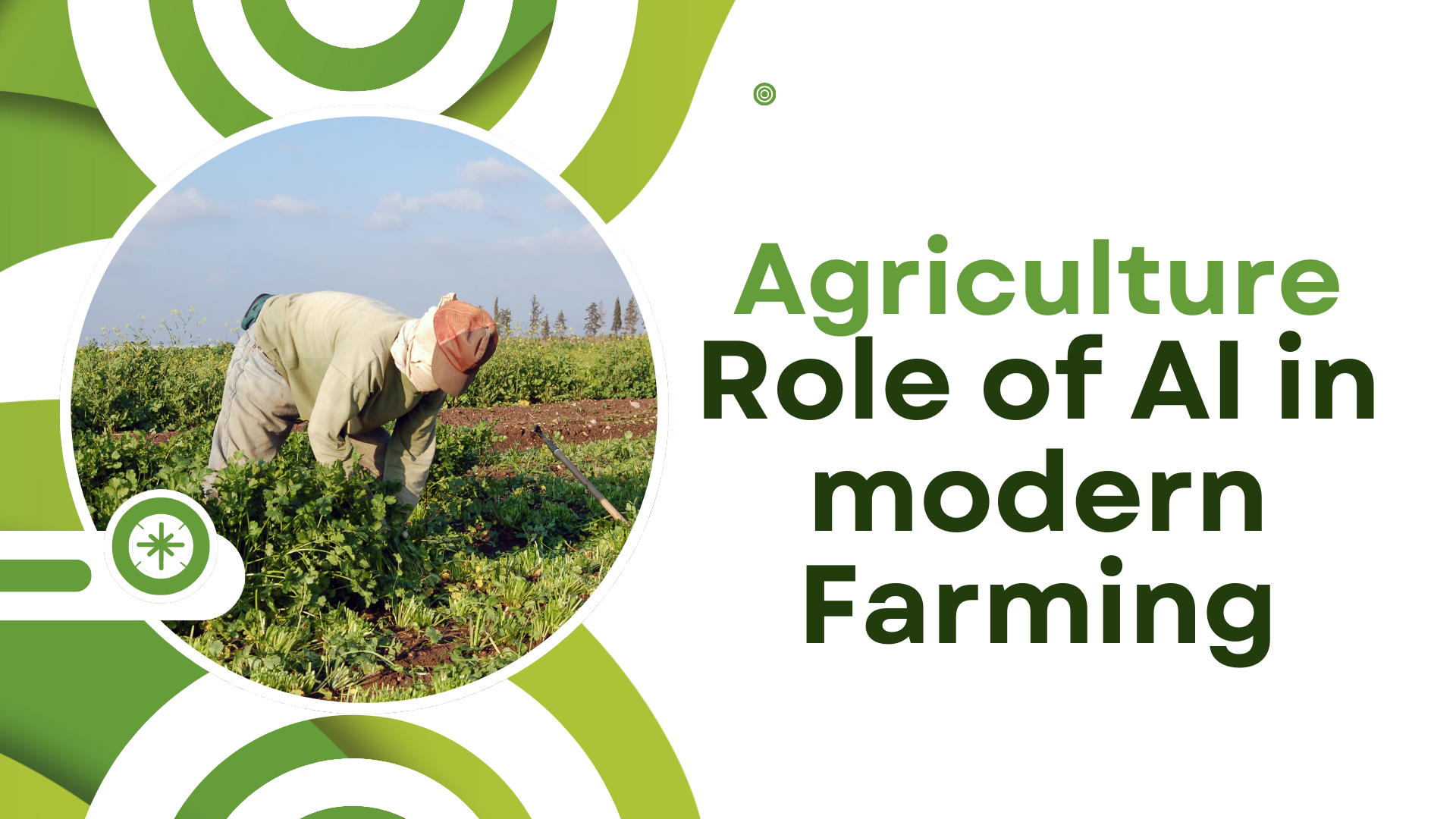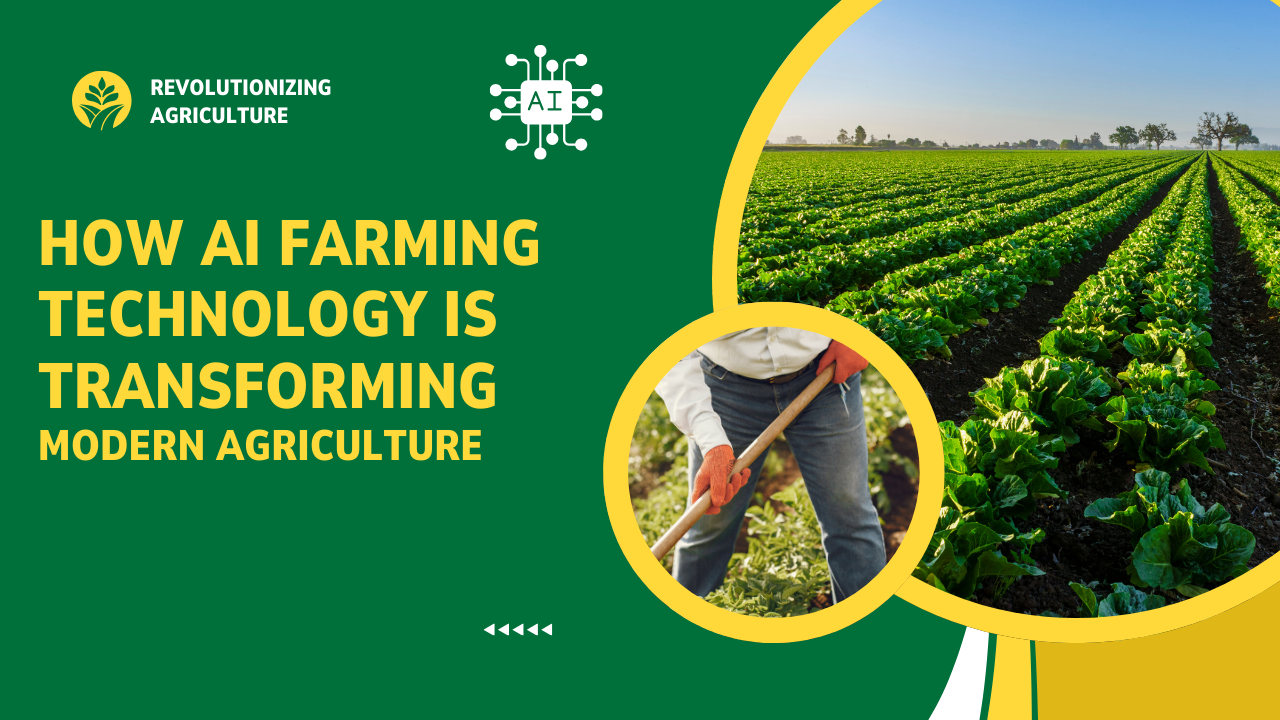Revolutionizing Agriculture: The Role of AI in Modern Farming
Introduction Farmers now use AI to boost crops as more people need food. Climate shifts and limited resources push them to find new ways to grow more. AI offers answers to make farms work better and last longer. Precision Farming: Boosting Output Smart tech now runs farms with pinpoint care. Old ways treated all land the same. But AI looks at each spot . It grabs info from gadgets in the sky and ground. These track how wet the dirt is, what food plants need, and if crops look healthy. This helps farmers know just when to water, feed, or fight pests. Less goes to waste, and more food grows. Crop Health Checks: Catching Problems Fast Farmers must spot diseases and pests to save crops. AI has sparked a revolution in watching crop health. It uses smart image scanning and future-guessing math. Drones or satellites take super clear pictures. AI then hunts for tiny hints of trouble or sickness in these shots. Smart computer guesses look at old info to predict outbreaks. This lets farmers act fast with exact treatments. They can use fewer bug sprays and help nature more. Predictive Analytics: Optimizing Farming Decisions AI crunches big data to forecast future outcomes. Farmers tap into this power to analyze weather history, soil health, and crop yields. This lets them fine-tune planting times, guess harvests, and dodge risks. Armed with data, farmers tweak their methods. They boost output while cutting costs and treading lightly on nature. Robotics and Automation: Redefining Farm Operations Smart robots and machines shake up farm work. Self-driving rigs with AI brains plow, spray, and reap crops. This ups efficiency and slashes labor bills. Robots also sort and pack produce. They ensure steady quality and free up folks for trickier jobs. Supply Chain Optimization: From Farm to Table Fresh produce reaches consumers thanks to smart supply chains. AI boosts logistics by guessing what people want and plotting the best delivery routes. This cuts delays and food waste. Clever sensors keep an eye on storage to maintain quality and safety as food moves around. AI also predicts when machines need a tune-up, which keeps things running without a hitch and avoids downtime. All this tech has a big impact on getting veggies from farm to table in top shape. Sustainability and Environmental Impact AI has a positive influence on farm sustainability. It helps farmers use resources better and harm nature less. Smart farming cuts water waste. It targets water where crops need it. This method also curbs chemical runoff. Farmers apply chemicals with more care. AI boosts soil health too. It guides farmers on exact nutrient needs. These tricks make farms more efficient. They use fewer inputs. This approach feeds more people. It also protects the planet for future generations. Challenges and Future Directions AI promises big changes for farming, but hurdles exist. Farmers worry about data privacy, tech access in rural areas, and startup costs. To tackle these issues, we need to pump money into infrastructure, teach people, and back it with good policies. This will help everyone get and use the new tech . Down the road, AI could spark a farming revolution. As machine learning, robots, and spread-out networks get better, we might see farms that are way smarter and tougher.


